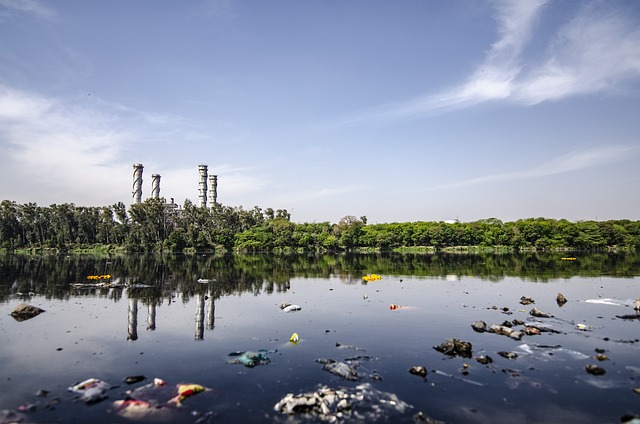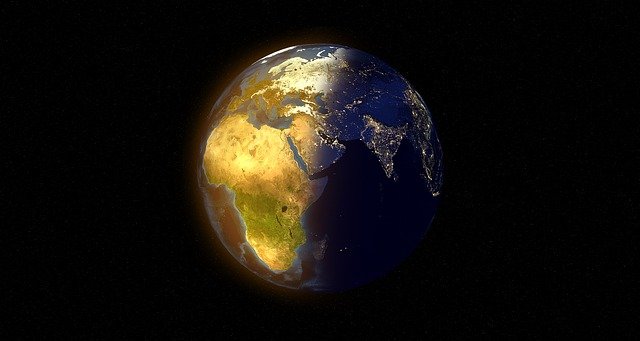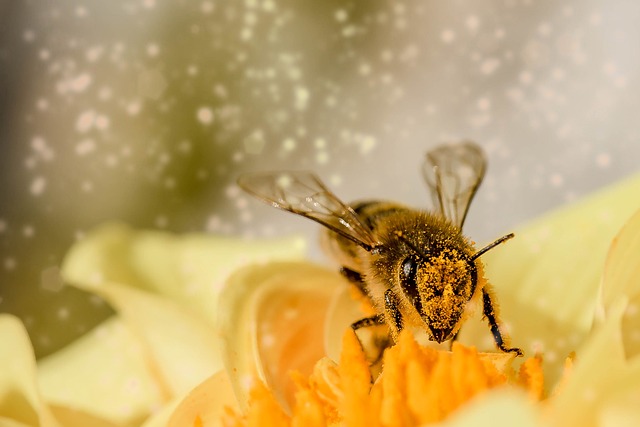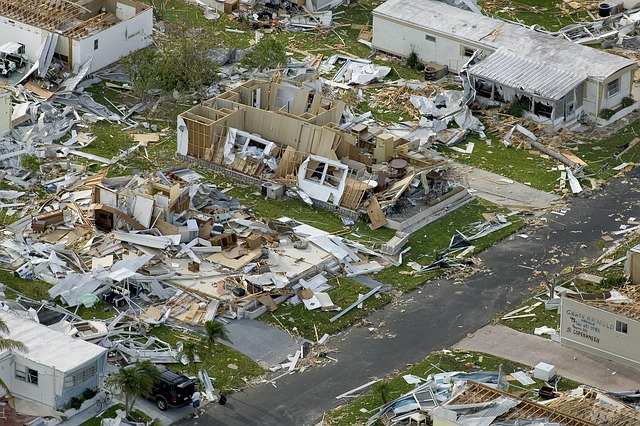What is meant by ‘Diffuse Pollution’?
It is also known as ‘Non-point source pollution‘. Diffuse pollution is just basically the smaller and scattered sources that can cause water pollution. It stems from air and land pollution sources and significantly effects water bodies globally.
Diffuse pollution is actually indirect water pollution. Instead of having one source of pollution that contaminates the water- as is the case with water pollution, – diffuse pollution differs from the term of water pollution in the sense that diffuse pollution arises from a number of different sources and a variety of human activities. This doesn’t have a direct immediate effect on the environment of water but ultimately it does have a significant effect. Such effects can be seen in river catchments or barrages etc.
Diffuse pollution can occur in both rural and urban areas with a range of causes.
Check out: Water pollution– Sources, Effects, and Control
Causes of Rural and Urban Diffuse Pollution:
- Agricultural Runoff: usually associated with fertilizer and pesticide applications, excess of which runoffs from the land and one way or another enters a water body through any source- (underground leakage, lake or other smaller water body that eventually ends in the ocean or sea).
Check out: Aquifer Vulnerability And Groundwater Quality In Pakistan - Forestry Activities: deforestation and rainfall can lead to excess water runoff, overgrazing of animals, and cutting down trees for timber will leave land exposed and thus increases the risk of water runoff that would otherwise be absorbed by plant roots.
- Community or Municipal waste: sewage sludge waste disposal that leads to sewage being directly discharged into water bodies. Rural areas tend to have poor development and infrastructure in developing countries and therefore the problem of diffuse pollution through sources like manure disposal, livestock waste and surface runoff from farms and croplands. This problem is quite common in Pakistan, India and Bangladesh along with a handful of other South Asian and East Asian countries.
- Commercial Runoff: industrial processes and everyday shops and markets that utilize water such as dyeing, printing or even just normal washing in restaurants and shops also often release water directly into pipes that open into water bodies nearby. This is done in a half hearted attempt to lessen the load on the sewage treatment facility of the area but ends up in accumulation of pollution in the water overtime.
- During Urban Development: underground water seepage due to digging, drilling and other constructional activities may lead to potential risks for water to seep through and pollute the water tables and aquifers underground.
- Industrial Activities: tannery processes, dyeing and hiding of leather processes, fashion industry and so many other processes in every industry contribute to local and regional pollution through inadequate waste water treatment and recycling which ends up becoming a part of world wide pollution.
Effects of Diffuse Pollution:
- Soil acidification: disturbances in the soil pH can hamper plant growth and lead to reduced soil fertility and health.
- Reduced soil fertility
- Damaged microbial health: an upset in the population of microbes can lead to significant negative effects on plant growth and population.
- Eventual water degradation: this can occur first at the smaller, local scale and then expand into broader and global scale of water pollution.
- Removal of buffer strips that can lead to soil erosion and soil loss. This can even cause an increased risk for siltation in watercourses and other nearby water bodies.
Check out: 10 New Innovative Water Purification Ideas and Techniques
Conclusion:
Diffuse water pollution can occur from a range of modern anthropogenic activities especially one such as agriculture. It is a global environmental issue worldwide causing eutrophication, human health problems, increased water treatment costs and reducing the recreational potential of water bodies.
Also check out: Now Water Pollution Can Be Cleaned Up Using Sunlight
To mitigate this, effective water and land use policies and regulations must be implemented In addition to penalties. Along with that, there should be a focus on raising land managers’ awareness regarding diffuse pollution under the expectation that this would influence behaviors and thus increase uptake of best management practices (BMP) that would, in turn, improve water quality.
You may also be interested in: Poisonous Pesticides: Harmful Impacts on Humans and Nature
I hope you all liked this post! Please comment below if you have any suggestions, comments, or feedback! We at #envpk love hearing from our readers! Thanks!




